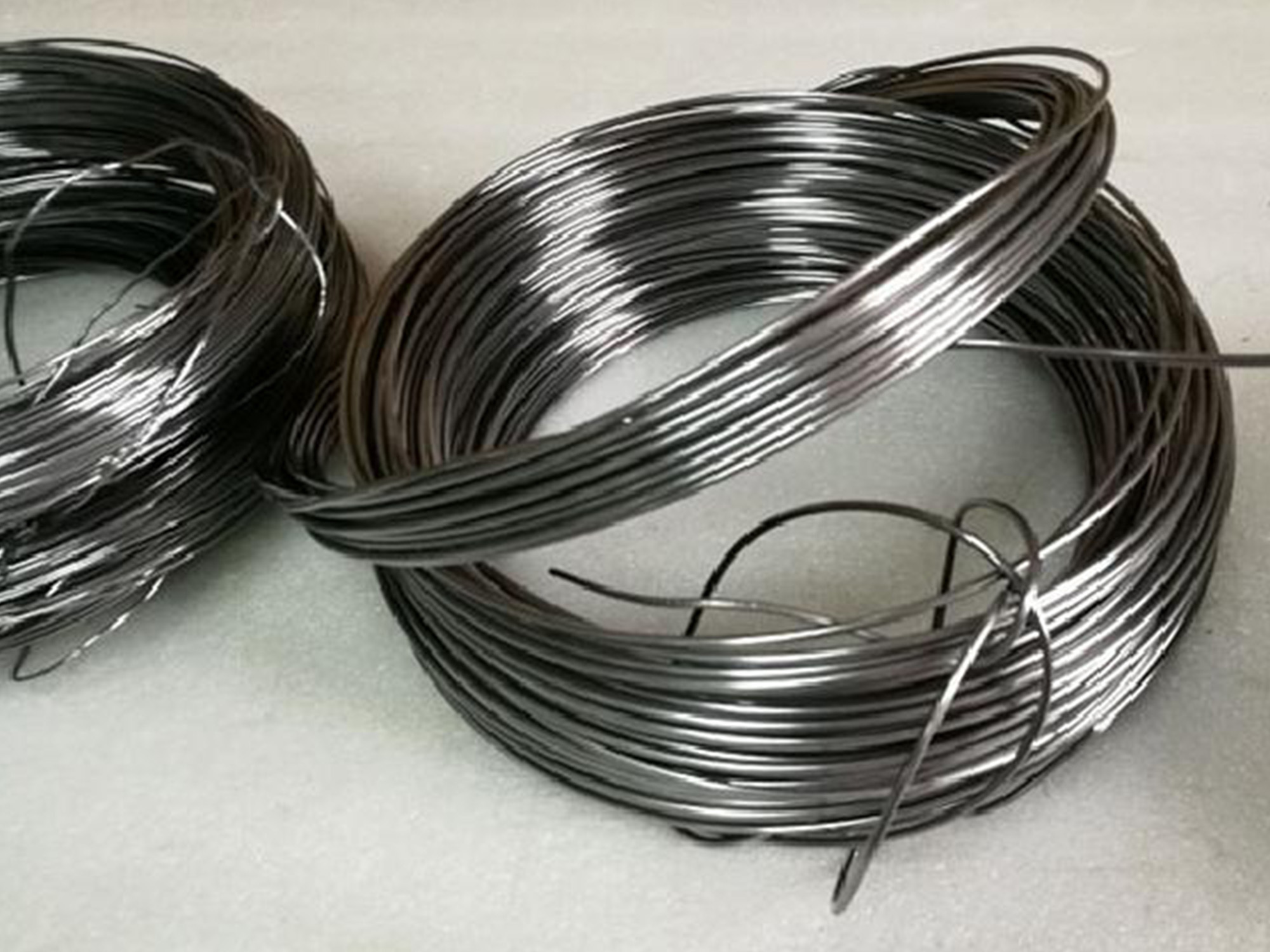-
-
Manufacturing strength

-
Sustainable development

-

-

06
2024
-
05
Niobium Wire A Key Component in Superconducting Technology
Niobium (Nb) wire is a critical material in the field of superconductivity, where electrical resistance drops to zero at very low temperatures. This unique property makes niobium wire indispensable for applications ranging from magnetic resonance imaging (MRI) machines to particle accelerators and even next-generation power transmission lines.

Properties of Niobium Wire
Superconductivity: Niobium becomes a superconductor below its critical temperature of approximately -246°C (9.35 K), allowing it to carry electric current without resistance.
High Current Density: It can support high current densities, making it suitable for generating intense magnetic fields used in various devices.
Low Hysteresis Loss: Niobium exhibits low hysteresis loss, which is important for energy efficiency in superconducting applications.
Mechanical Robustness: The wire is mechanically robust, enabling it to withstand the stresses encountered in practical use, such as when wound into coils for magnets.
Applications of Niobium Wire
The utility of niobium wire is particularly evident in sectors that rely on superconductivity:
Particle Accelerators: Accelerators like those at CERN, the European Organization for Nuclear Research, use niobium wire to generate the powerful magnetic fields that guide and accelerate particles.
Fusion Research: For experiments aimed at developing nuclear fusion as a feasible source of energy, niobium wire is essential for constructing the superconducting magnets that are part of the containment systems.
Energy Storage: Superconducting magnets made from niobium wire are also used in energy storage systems, which can store large amounts of electricity efficiently.
The production of niobium wire involves complex processes such as drawing, heat treatment, and coating to achieve the fine diameters and properties required for superconductivity. These processes must be precisely controlled to maintain the wire's quality and performance.
One of the challenges in working with niobium wire is its susceptibility to strain and damage during handling and use, which can degrade its superconducting properties. As such, careful techniques are employed to manage these risks.
Niobium wire stands as a testament to the remarkable capabilities enabled by superconductivity. Its role in creating the strong magnetic fields necessary for modern medical, scientific, and energy-related technologies underscores its importance. As research continues to push the boundaries of what is possible with superconducting materials, the demand for high-quality niobium wire is anticipated to grow, further highlighting its significance in our technological advancements.

wechat : Mr Hu
Contact address: Daguling Village, Huangxing Town, Changsha County, Hunan Province
Sales:(0086)-(0)731-86882787(Domestic)
Sales:(0086)-(0)731-86882259(Domestic)
TEL: (0086)-18932424084
Copyright©2023 Changsha Southern Tantalum and Niobium Co., Ltd. Powered by www.300.cn SEO Tags

